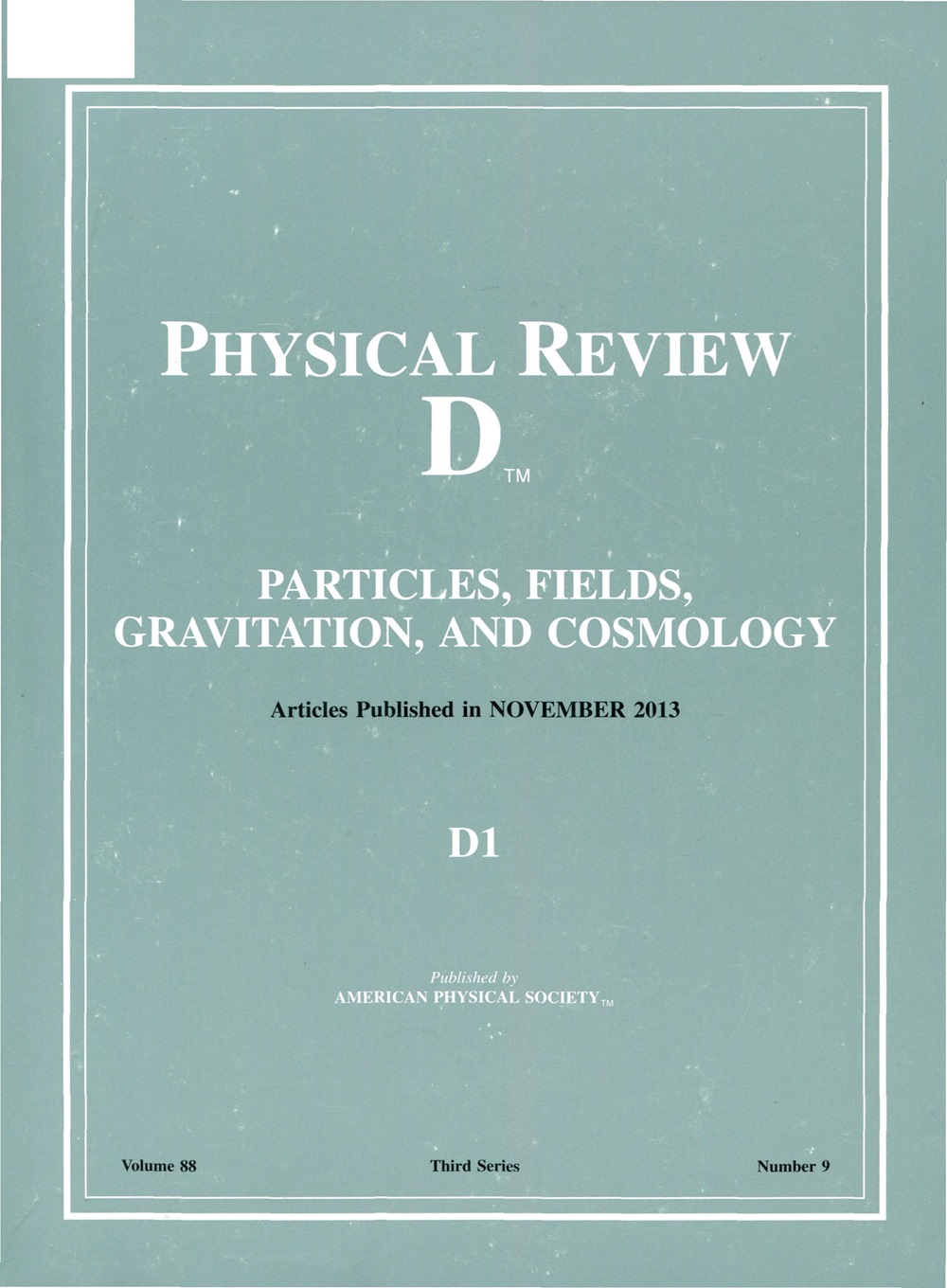Second-order dissociation and transition of heavy quarkonia in the quark-gluon plasma
IF 5
2区 物理与天体物理
Q1 Physics and Astronomy
引用次数: 0
Abstract
We revisit the dissociation of heavy quarkonia by thermal partons at the next-to-leading order (NLO, also known as inelastic parton scattering dissociation) in the quark-gluon plasma (QGP). Utilizing the chromoelectric dipole coupling from quantum chromodynamics (QCD) multipole expansion as an effective Hamiltonian, this has been conducted in the approach of second-order quantum mechanical perturbation theory, which allows us to systematically incorporate the bound state wave functions. Employing the quarkonium wave functions and binding energies obtained from an in-medium potential model, we then numerically evaluate the dissociation cross sections and rates for various charmonia and bottomonia, where the infrared and collinear divergences are regularized by the thermal masses of medium partons. We demonstrate that distinct from the leading order (LO, also known as gluo-dissociation) counterparts peaking at relatively low gluon energy and falling off thereafter, the NLO cross sections first grow and then nearly saturate as the incident parton energy increases, as a result of the outgoing parton carrying away the excess energy. The resulting NLO dissociation rates increase with temperature and take over from the LO counterparts toward high temperatures, similar to pertinent findings from previous studies. We also evaluate the in-medium second-order transition between different bound states, which may contribute to the total thermal decay widths of heavy quarkonia in the QGP.夸克-胶子等离子体中重夸克离子的二阶解离和转变
我们重新探讨了在夸克-胶子等离子体(QGP)中热粒子在次前沿阶(NLO,也称为非弹性粒子散射解离)解离重夸克态的问题。利用量子色动力学(QCD)多极扩展中的色电偶极耦合作为有效哈密顿,我们采用二阶量子力学扰动理论的方法进行了研究,从而系统地纳入了束缚态波函数。利用从中子势模型中获得的夸克鎓波函数和结合能,我们对各种粲和底粲的解离截面和速率进行了数值评估,其中红外和共线发散由中子的热质量正则化。我们证明,与前导阶(LO,也称为胶子解离)对应物在相对较低的胶子能量时达到峰值并随后下降不同,随着入射粒子能量的增加,NLO 截面首先增长,然后接近饱和,这是由于出射粒子带走了多余的能量。由此产生的 NLO 解离率随温度升高而增加,并在高温下取代 LO 对应的解离率,这与之前研究的相关发现类似。我们还评估了不同束缚态之间的中间二阶转变,这可能会对 QGP 中重夸克态的总热衰变宽度做出贡献。
本文章由计算机程序翻译,如有差异,请以英文原文为准。
求助全文
约1分钟内获得全文
求助全文
来源期刊

Physical Review D
物理-天文与天体物理
CiteScore
9.20
自引率
36.00%
发文量
0
审稿时长
2 months
期刊介绍:
Physical Review D (PRD) is a leading journal in elementary particle physics, field theory, gravitation, and cosmology and is one of the top-cited journals in high-energy physics.
PRD covers experimental and theoretical results in all aspects of particle physics, field theory, gravitation and cosmology, including:
Particle physics experiments,
Electroweak interactions,
Strong interactions,
Lattice field theories, lattice QCD,
Beyond the standard model physics,
Phenomenological aspects of field theory, general methods,
Gravity, cosmology, cosmic rays,
Astrophysics and astroparticle physics,
General relativity,
Formal aspects of field theory, field theory in curved space,
String theory, quantum gravity, gauge/gravity duality.
 求助内容:
求助内容: 应助结果提醒方式:
应助结果提醒方式:


